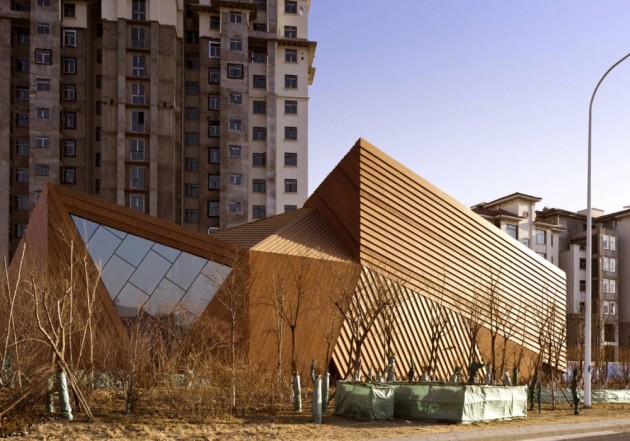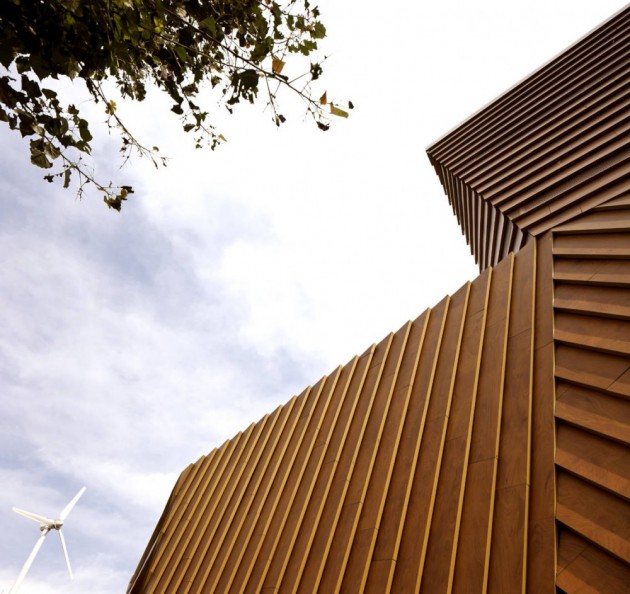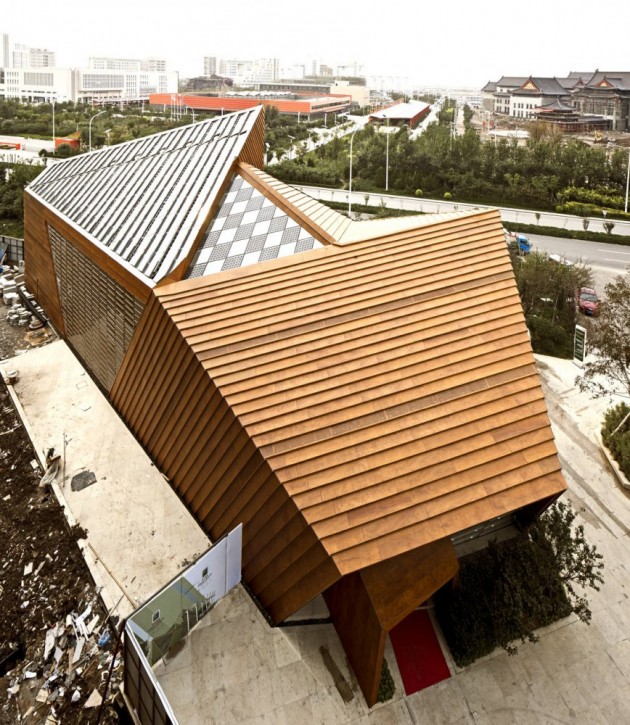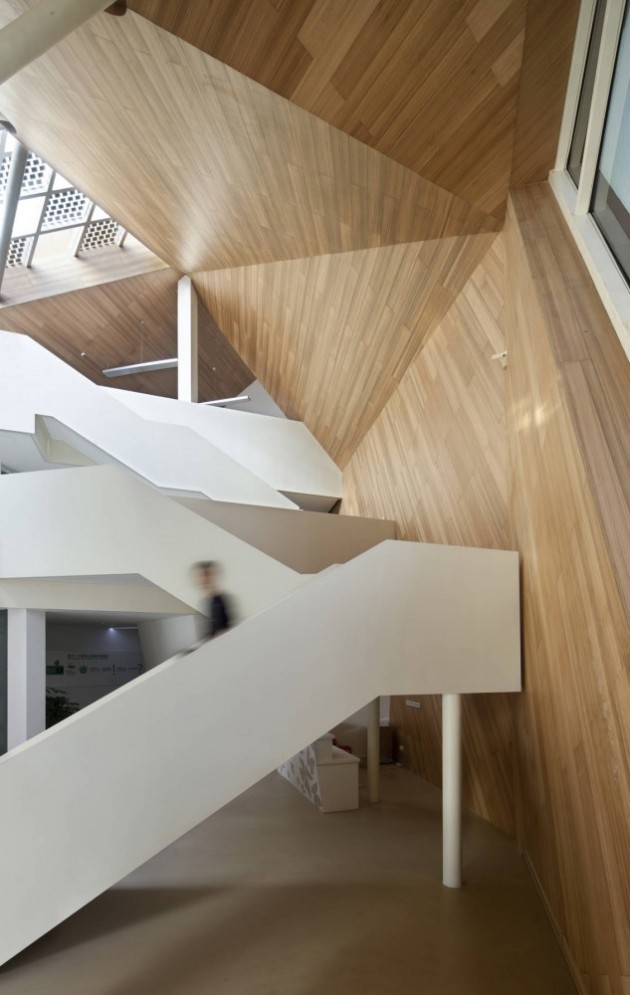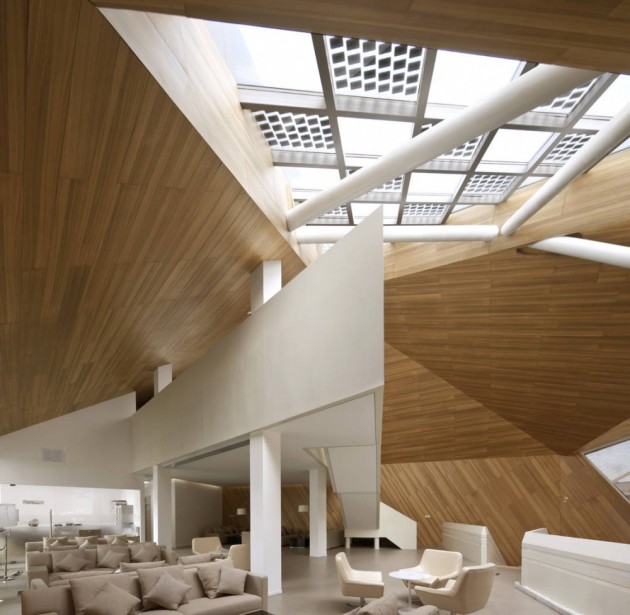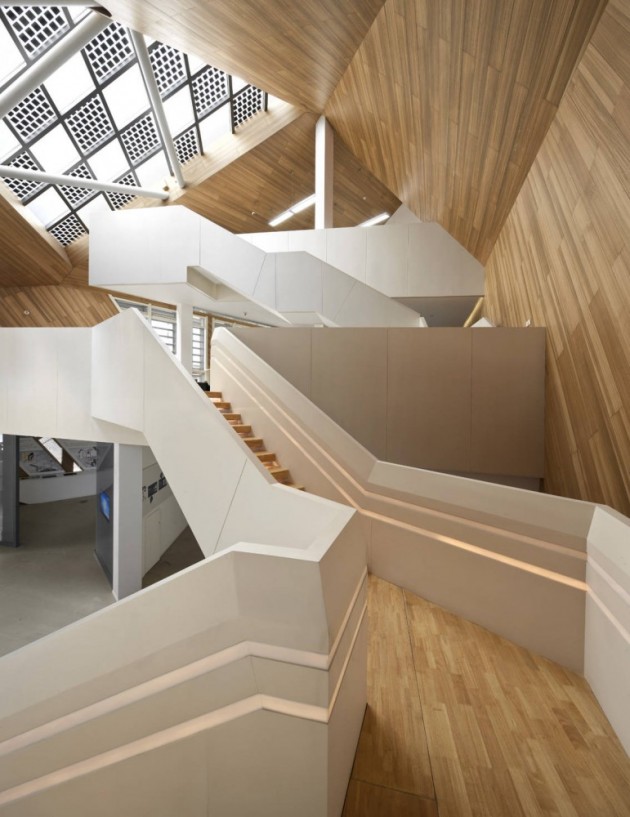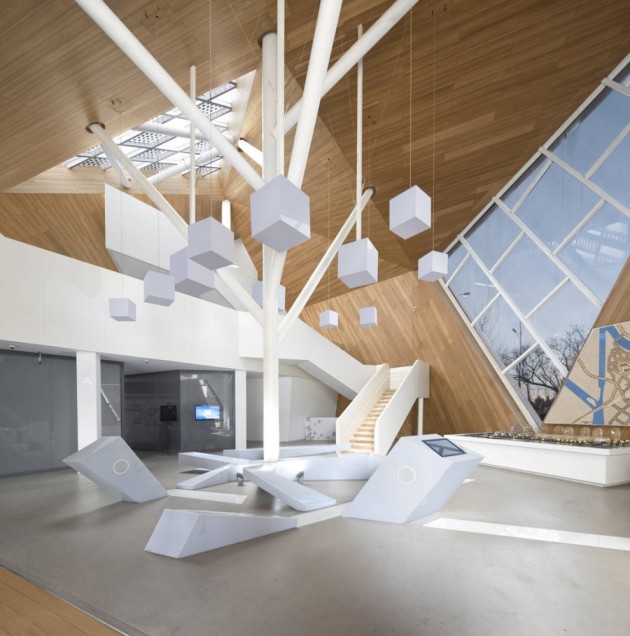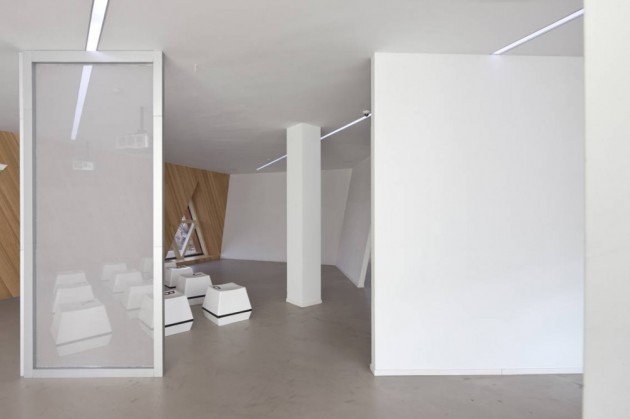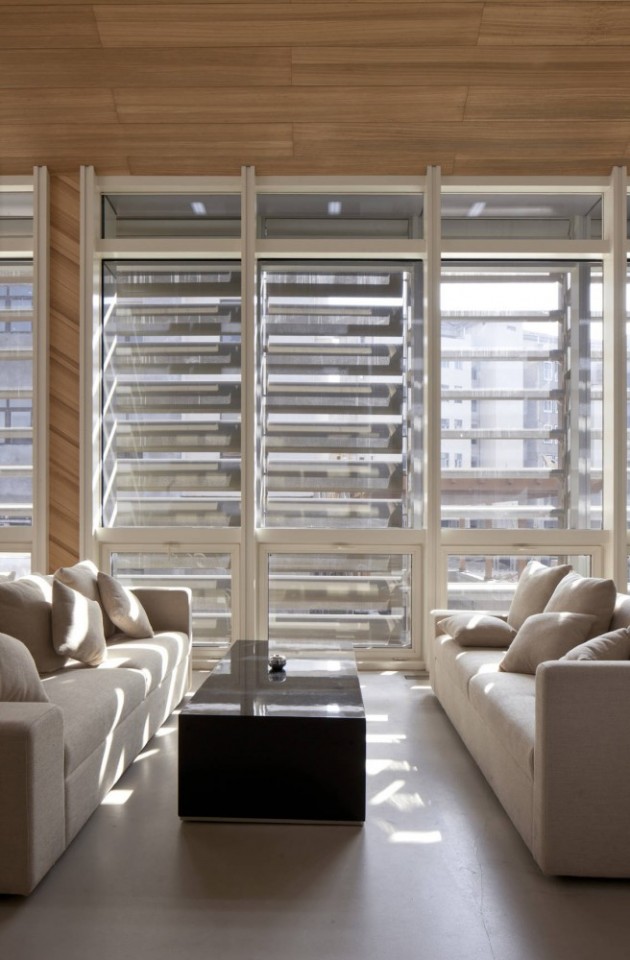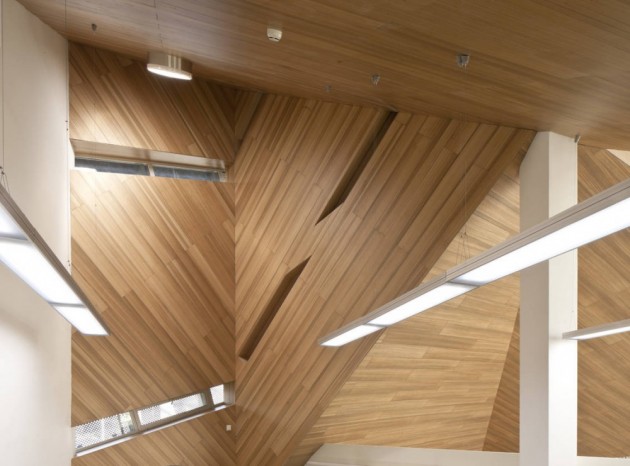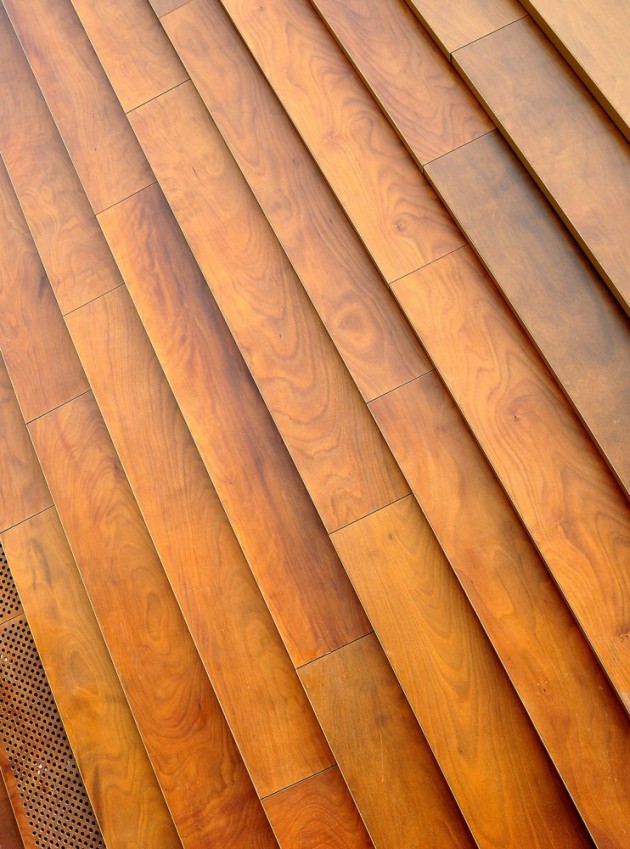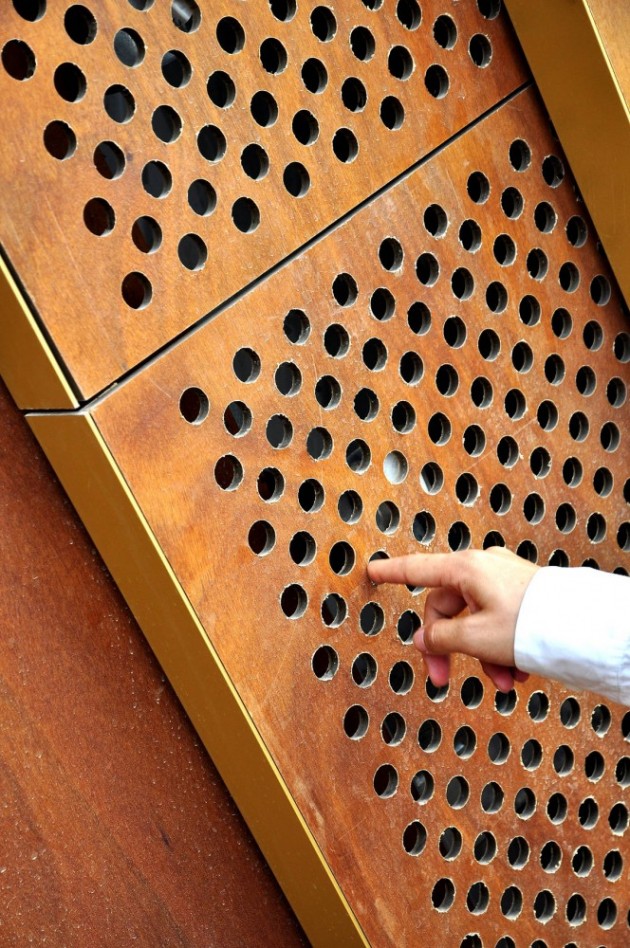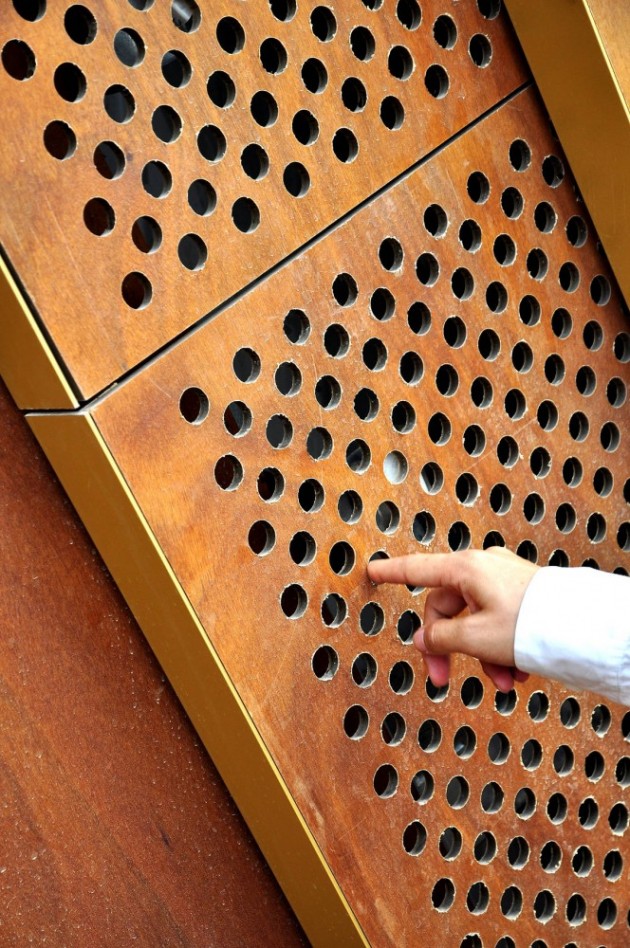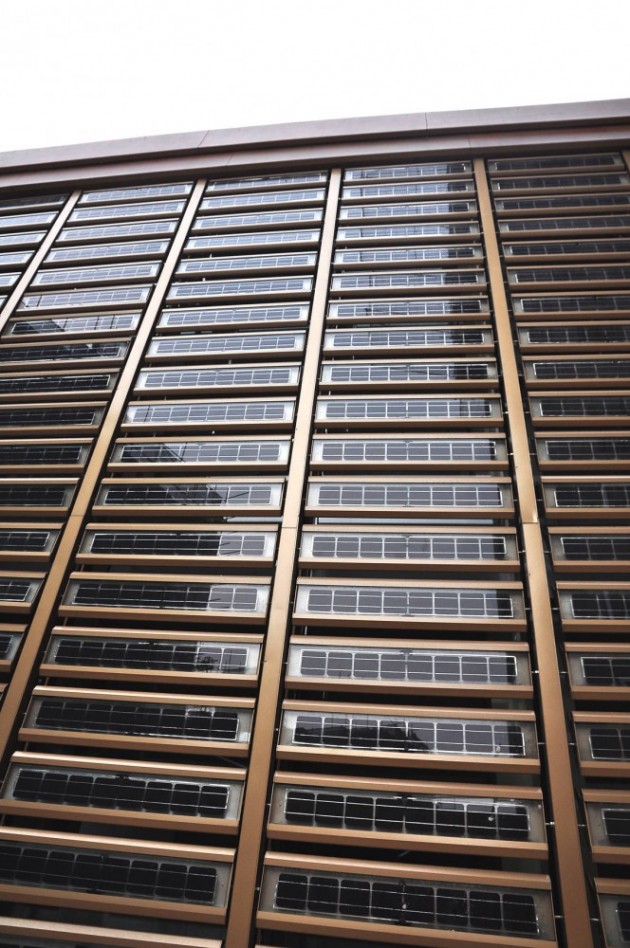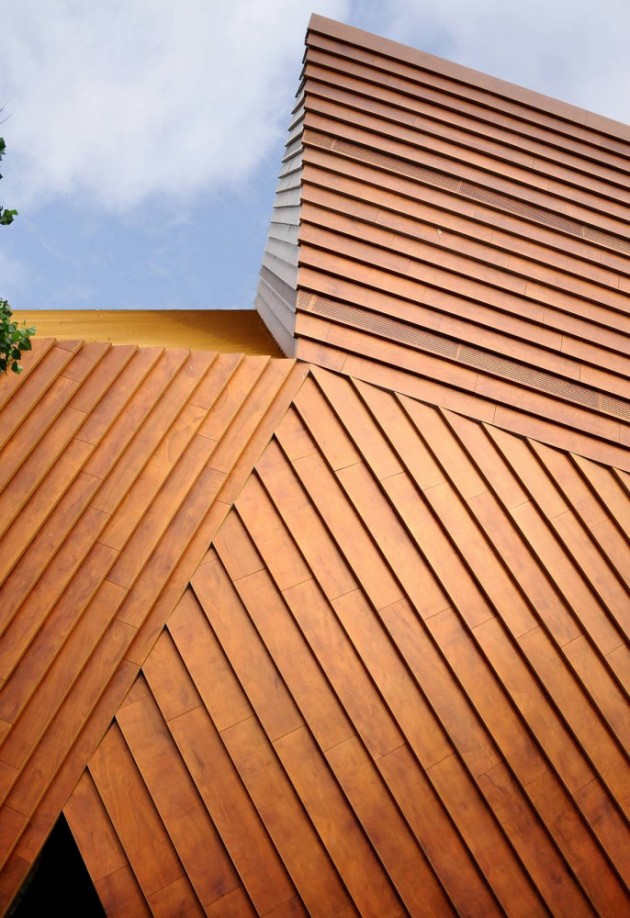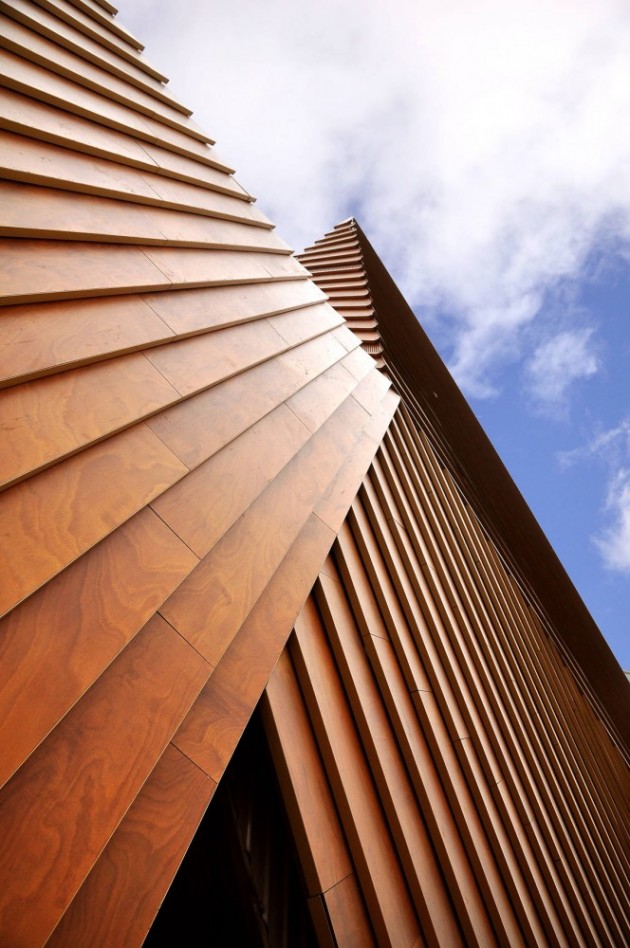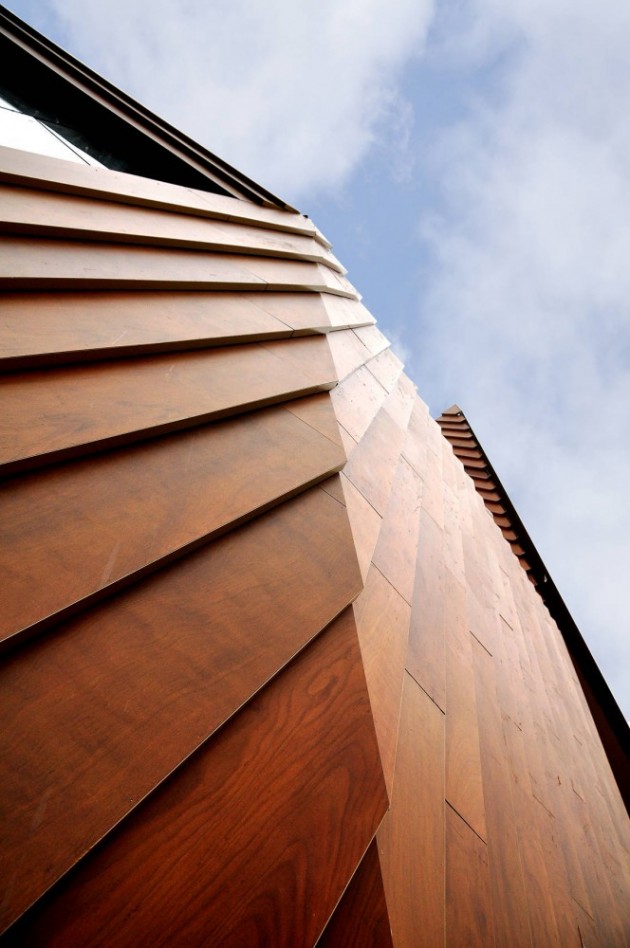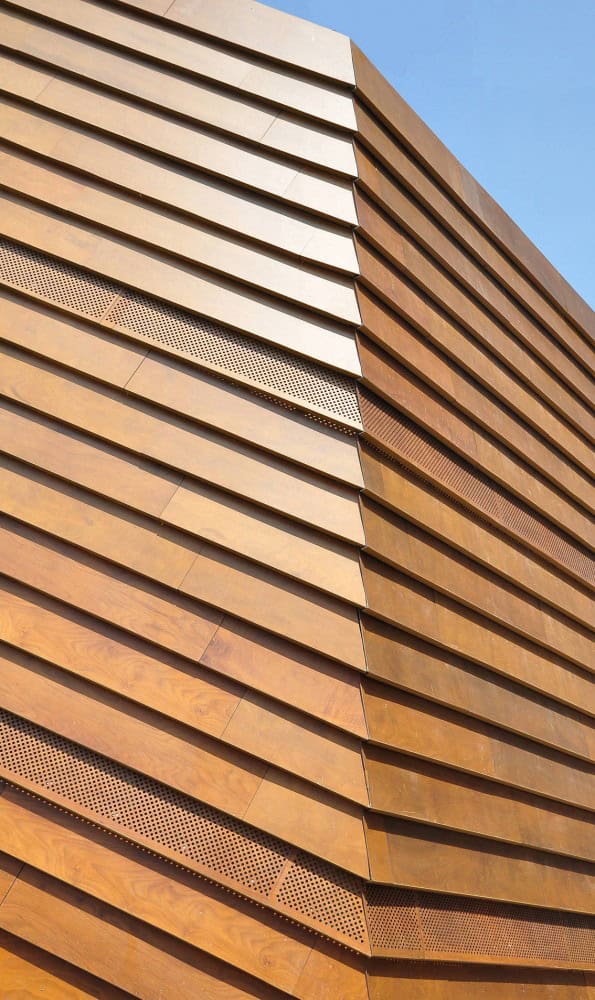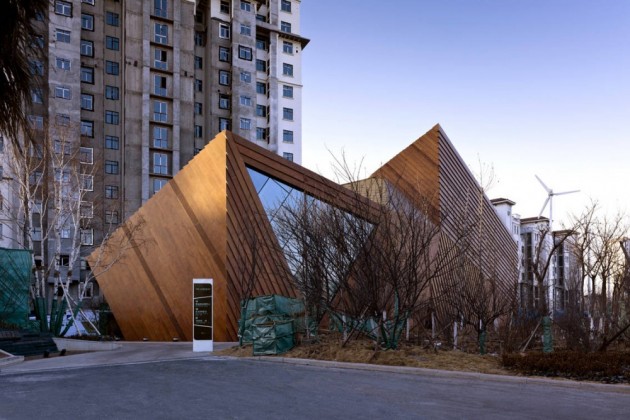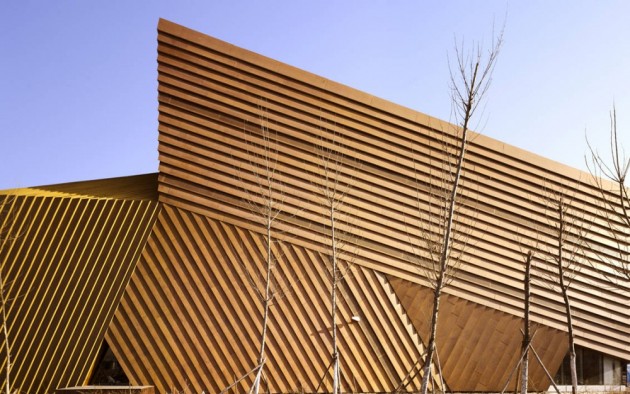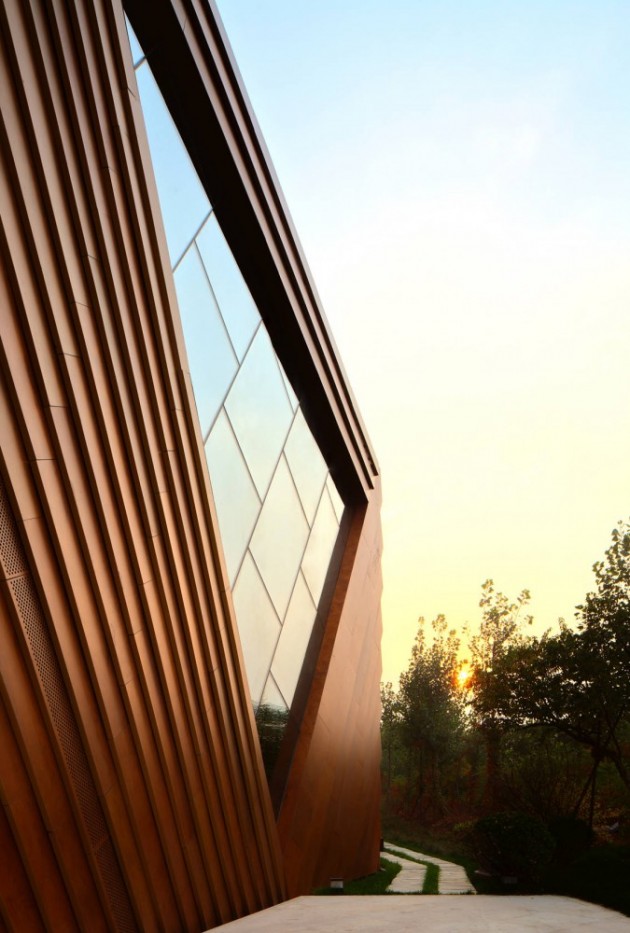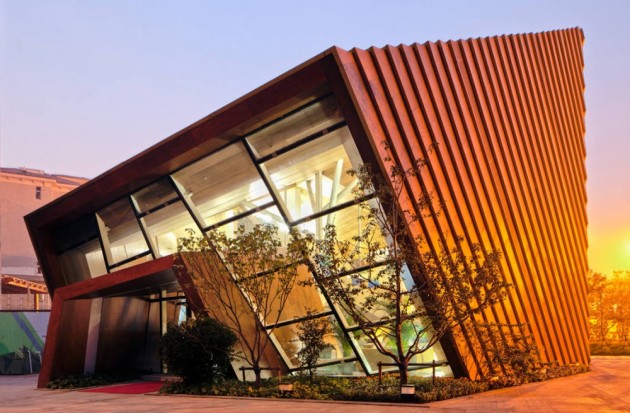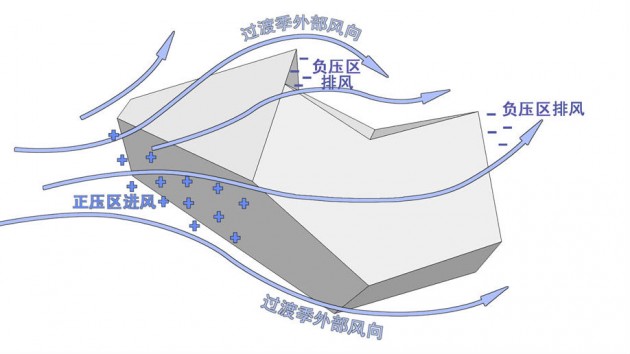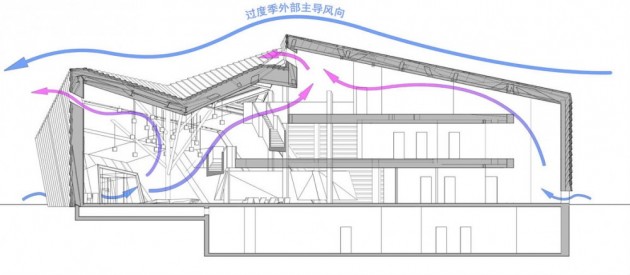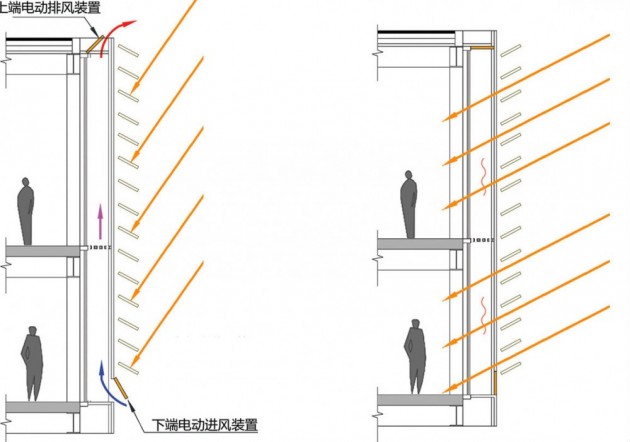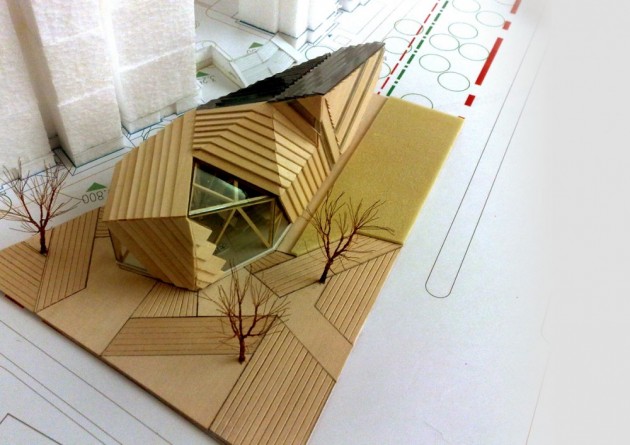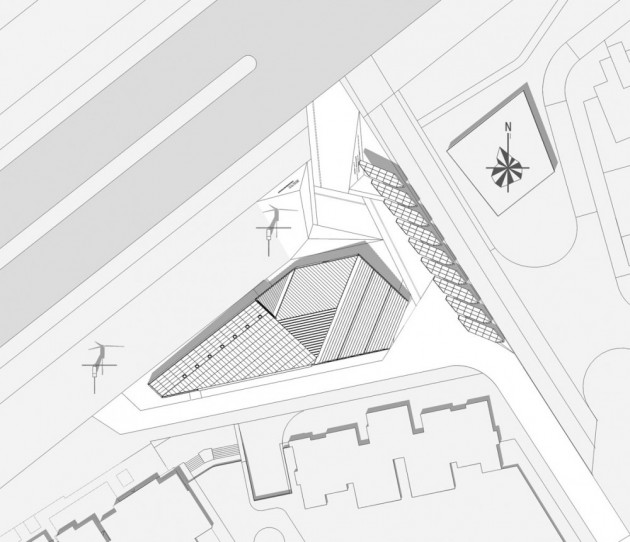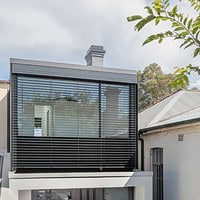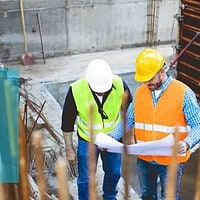Project Introduction:
The aim of the project is to achieve zero-energy building, by significantly reducing energy consumption through design, as well as utilizing clean energy – wind, solar and geothermal in replace of conventional sources such as fossil fuels, to meet the needs of the building. To reach its ideal state, the building does not require municipal utilities to supply its heat and electricity. This is a comprehensive effort to design low energy architecture.
To reach this goal, when contriving the building’s layout and form, designers have taken into full account of various energy-saving technologies, striven to combine form with technology. For example, install volt power panels on the roof to cope with a tight site area, layout air vents for natural ventilation in accordance with simulated data based on the building site and wind environment, and use natural ventilation to reduce air conditioning energy consumption in the spring and autumn.
When doing energy-saving design for a building, shape coefficient should be considered in the initial stages. After taking into account a number of external constraints and smooth implementation of related green technologies & strategies, the shape coefficient of the building is 0.28, less than the 0.4 limit set by the Tianjin Public Buildings Energy Efficiency Design Standards. The facades also feel more “solid” than “void”, mainly result of high standards of the building insulation performance requirements. Windows are only opened in a few key positions required by function to avoid additional heat loss.
At the beginning of the design program, we propose a co-ordinated planning and design method for the building envelope. The functional divisions of the envelope are based on full consideration of the external resources such as wind, light, vision, indoor functional requirements, architectural effect and other factors. This co-ordination of planning and design approach is actually a system integration of the existing resources. While ensuring that green technologies & strategies are fully employed, architectural aesthetics and technologies & strategies can have a perfect fusion.
High-performance building envelope is not only realized through choice of materials, but also structural design. Breathing curtain wall system is installed where the building needs large opening with better vision and lighting. In different seasons, through flexible use of breathing curtain wall air space and sun blinds, overall thermal performance of the curtain wall system is enhanced significantly. Overall heat transfer coefficient of the curtain wall system measures about 1.0.
In order to reduce air conditioning energy consumption, in the spring and autumn seasons, natural ventilation, as a free air conditioning method, keeps the indoor environment fresh and comfortable. All this depends on simulation analysis of the wind environment around the building. Through adjusting the building size and window positions, positive and negative pressure around the building are fully used to guide indoor air flow. In interior design, full-height lobby, recessed floors and sloped roof work together to guide the movement of indoor air in an orderly manner.
